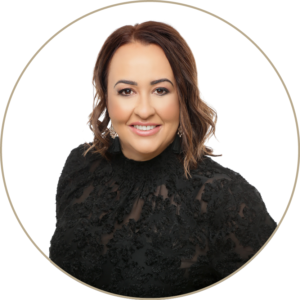Budgeting doesn’t need to be hard. Here is one quick rule of thumb that you can use to get a back the the napkin budget in minutes. It’s called the 50-30-20 Rule: A simple, powerful way to allocate your spend. It breaks your income into easy to understand and manage amounts.
Here’s how it works:
You set your budget by breaking up your income into simple to understand and manage chunks you allocate to different types of spending: Your Must Haves, Wants and Savings and Debt.
You give 50% to: Your Must-Haves
This is the really important stuff like the mortgage, rent, credit cards, power bills, school fees, groceries or insurance. (Netflix subscriptions don’t count.) If something can be put off for a while, then it’s probably not a ‘must have’. Keeping your must-haves to 50% of your income is really helpful. Working out what’s absolutely necessary and what’s not gives you the power to make smart choices.
You give 30% to: Your Wants
Even when you are being really responsible with your money, you need to plan having some extras each month. Clothes are not a must-have every month but you will realistically need some over the year. 30% of your budget can be spent on these wants. Takeaways, new clothes, a personal phone plan – these things are wants and have an important place in your life.
Keeping these expenses to 30% will keep you financially on top. Once you’ve spent it, it’s gone. You’ll have to stick to must-haves until your next paycheck.
Try it – it can put you on the right track towards saving for your deposit. Every situation is different but whether the paycheck is big or small, you can be sure you’re saving each time you’re getting paid and working towards your financial goal.
You give 20% to: Your Savings and Debt
The great part of a 50-30-20 budget is that you can make it fit your life – if you don’t have any debt, the whole 20% can go straight to savings. If you’ve got debt and you’re finding it hard to pay it off, you can focus on repayments. 20% doesn’t seem like a whole lot of money but it’s a steady number that will really add up and it won’t ruin your life in the process. The most important thing in saving – like getting exercise – is building it into your life so it stays there on a permanent basis.
Allow for flexibility
This is not a hard and fast rule. It’s a rule of thumb. If your pay allows for it you might actually have more than 50% in your must haves pile. That’s okay, adjust the other values to something that works for you. The idea here is to ensure that your most important things are paid off first, then you are saving a fraction and finally you have an allocated budget for the other stuff that you want but don’t really ‘need’.
Debt consolidation
If you have too many ‘must haves’ eating up your monthly payments you may want to consider consolidating your debts. Debt consolidation is a type of loan refinancing that draws in multiple debts, like credit cards, phone bills, personal loans and car loans into just one loan account.Taking you from multiple payments to one monthly amount. If you are thinking about getting budgets under control through debt consolidation talk to one of our Lending Specialists on today.



